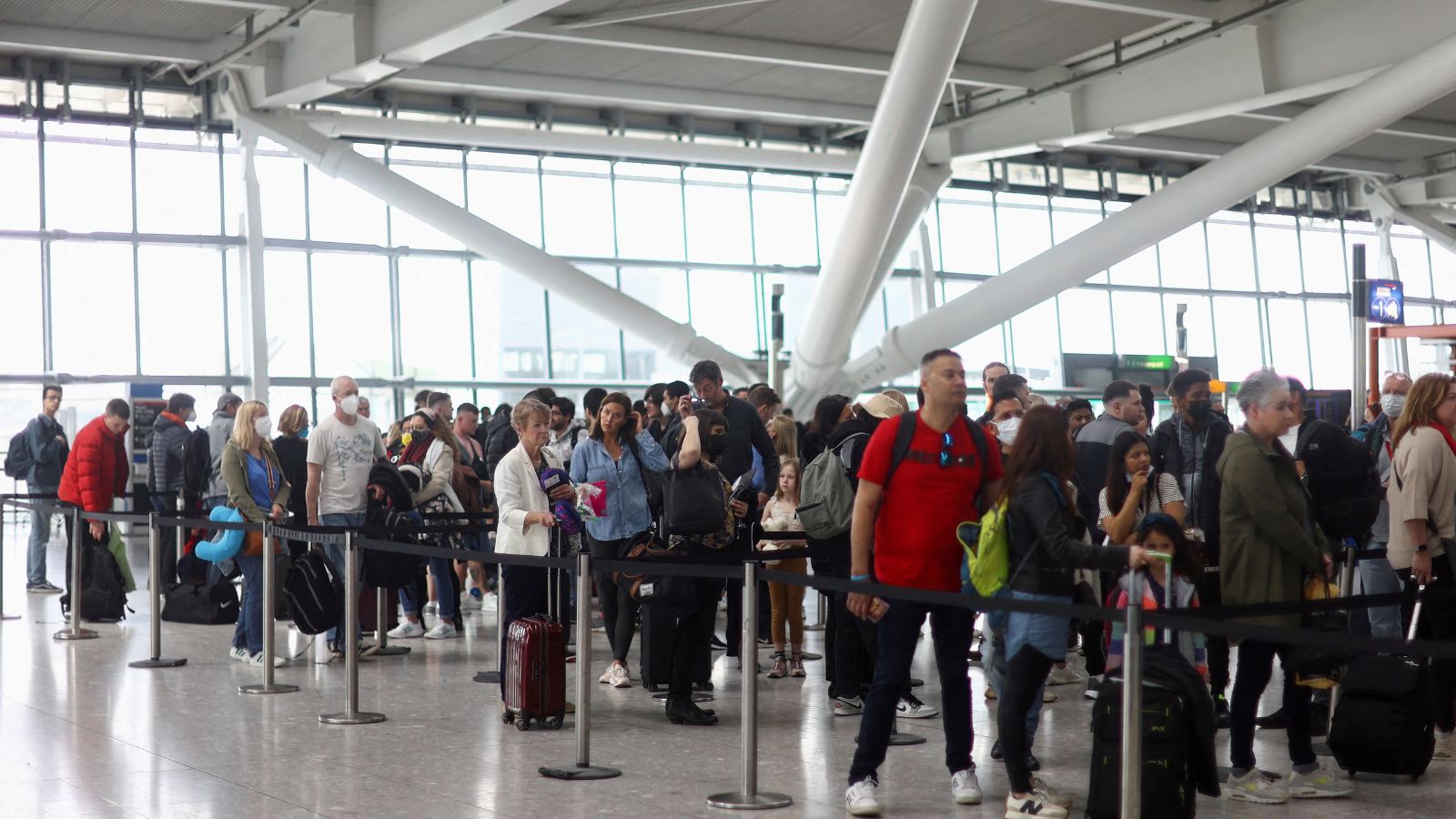Iceland stood as one of the last places on Earth untouched by mosquitoes mainly due to its rugged volcanic landscape, sparse vegetation, and cold weather where no insect could take refuge. But that changed this year.
A naturalist near Reykjavík, the capital city of Iceland, made a surprising discovery of three mosquitoes buzzing in the air. The insects were collected and sent to the Natural Science Institute of Iceland, where entomologists confirmed that mosquitoes had been found living in the wild.
Culiseta annulata, a species widespread across Europe and Asia, unlike its tropical cousins in the Aedes or Anopheles genera, does not transmit major human diseases such as malaria, dengue, or Zika. But what’s pertinent here is that if mosquitoes can survive in a place, with an average temperature variation of 1 degree C in winter to 10-13 degrees C in summer, says much about the planet’s changing climate.
Scientists believe the insect arrived in imported goods or cargo shipments, and still managed to survive. However, it has been proven that mosquitoes couldn’t complete their life cycle in Iceland’s environment because of the country’s short, cool summers and near-constant wind. Which means that even if mosquitoes were introduced, they could not find the warm, stagnant water needed for breeding. Eggs and larvae would freeze or die before maturing.
But the impact of climate change is clear with Iceland’s average summer temperatures steadily rising. Over the past few decades, Reykjavík has recorded increasingly mild winters and warmer, longer summers.
In some years, conditions in parts of Iceland now resemble those of southern Scandinavia.
The mosquito incident is, however, a telling sign of a much larger transformation occurring across the Arctic and subarctic regions. A 2022 study in Nature reported that the Arctic is warming nearly four times faster than the global average between 1979 and 2021. As permafrost thaws, ice retreats, and vegetation shifts northward, ecosystems are changing at unprecedented rates. These changes are not limited to temperature alone.
Another study in the Proceedings of the National Academy of Sciences found that both hemispheres of Earth are ‘darkening’, reflecting less sunlight back into space. The northern hemisphere, in particular, is losing reflectivity as snow and ice melt, and as pollution alters cloud cover. The loss of Earth’s natural mirror effect means more solar energy is being absorbed, fuelling additional warming, reshaping the climate faster than scientists predicted.
On the contrary, there’s an interesting theory behind climate change. Mosquitoes are sensitive indicators of environmental change. They require specific temperature ranges, humidity levels, and breeding conditions to survive. Their northward expansion has been used as a biological marker for global warming. In fact, other examples of species shifting to the north include marine species. A study analysing 30,000 range shifts found that marine species are moving towards higher latitudes faster than terrestrial ones. Nearby regions like Norway, Scotland, and Greenland have become the land of seasonal mosquito populations.
Across the world, scientists are already observing how climate change is influencing the spread of vector-borne diseases. Rising temperatures accelerate mosquito breeding cycles, while changing rainfall patterns create more stagnant water — perfect breeding grounds. In tropical and subtropical regions, this has fuelled outbreaks of dengue, chikungunya, malaria, and Zika.
In temperate zones, tick-borne illnesses such as Lyme disease are spreading as warmer winters allow ticks to survive year-round. Changes in precipitation and extreme weather events like floods, hurricanes, and heatwaves are amplifying waterborne and infectious diseases by disrupting sanitation systems and forcing human populations into closer contact with vectors.
When Hurricane Maria struck Puerto Rico in 2017, outbreaks of leptospirosis, a bacterial disease spread through contaminated water, surged in the aftermath.
Scientists warn that as extreme weather events intensify, such outbreaks could become more frequent.
Having said that, Iceland is not alone in experiencing this change. Until 1826, the Hawaiian Islands were mosquito-free. But European and American ships brought mosquitoes in barrels of stagnant water. Within decades, the insects had spread across the archipelago, contributing to the decline of native bird species and altering ecosystems permanently. Hawaii’s warm, humid climate made it a perfect environment for mosquitoes to flourish. Iceland’s conditions are still far harsher but warming trends could narrow that gap. However, the presence of mosquitoes in Iceland won’t bring tropical diseases to the North Atlantic as the species identified so far is relatively harmless. Yet, it represents the shrinking boundaries of Earth’s last refuges from a rapidly changing climate.








